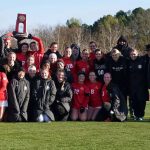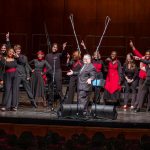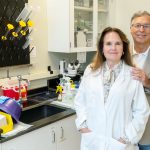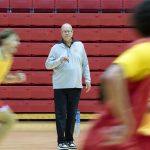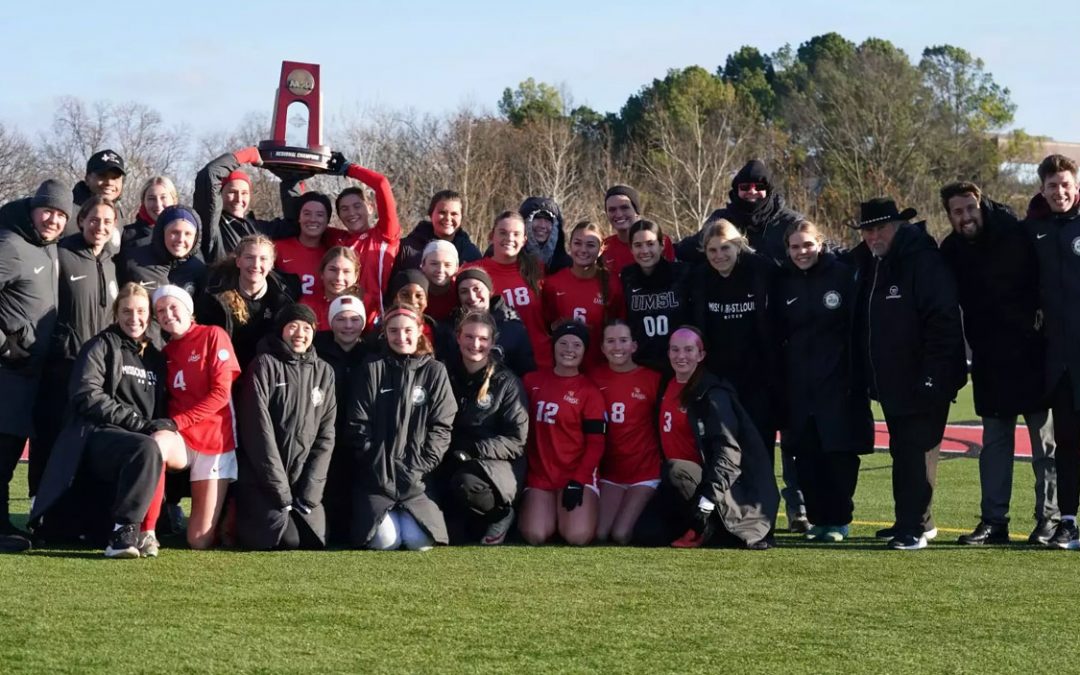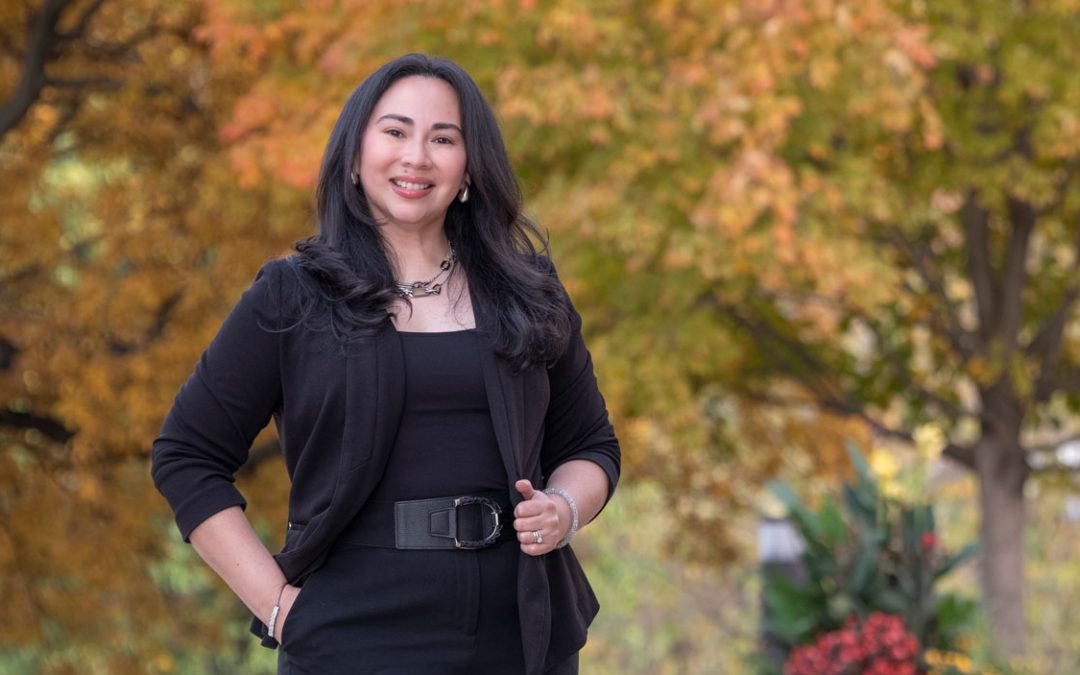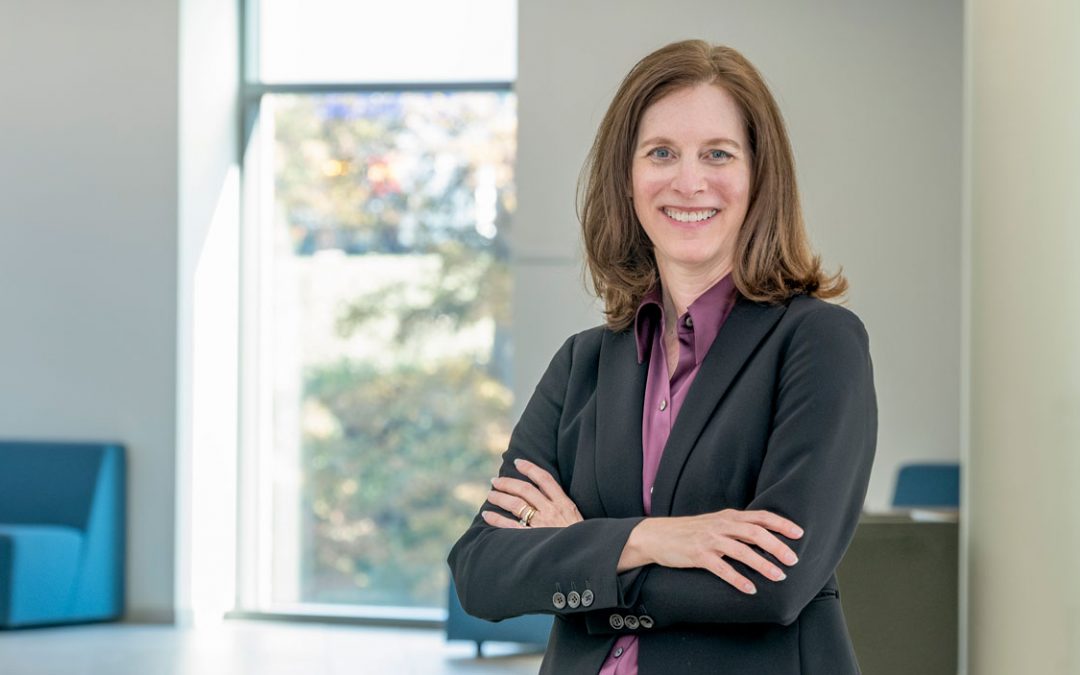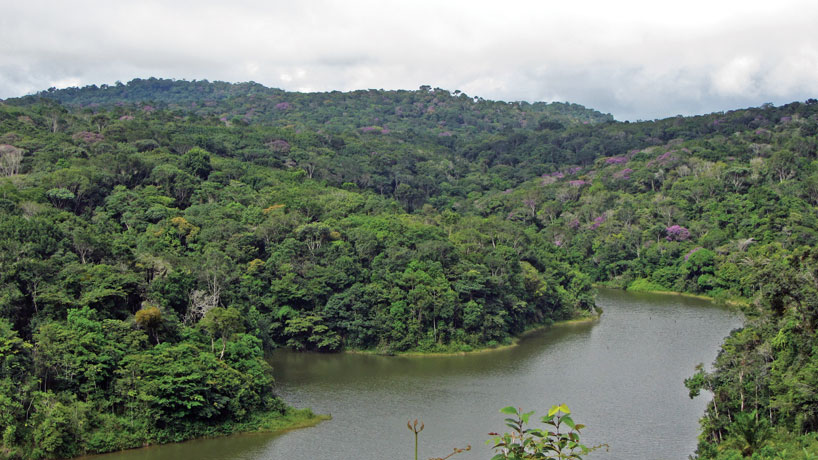
Serra do Urubu is one of the last significant remnants of the Atlantic Forest in Brazil, one of the areas where UMSL ecology alumna Jaqueline Goerck is leading wildlife conservation efforts. (Photo by Alice Reisfeld)
Look at the preservation of the endangered Spix macaw in Brazil or the coral reef off the coast of Costa Rica, and you’ll find University of Missouri–St. Louis alumni leading the efforts.
UMSL’s location in the city of redbrick buildings and the stainless-steel Arch might make its reputation for excellence in wildlife research and conservation surprising. But among ecologists worldwide, the Department of Biology is known for the leaders it produces in the field. In fact, U.S. News and World Report ranked the graduate biology program among the top in the country in September.
With the support and collaboration of the Whitney R. Harris World Ecology Center (housed in the department), the Missouri Botanical Garden and the Saint Louis Zoo, biology students at UMSL have top-notch research opportunities and field experiences that serve as a springboard to become leading international conservationists.
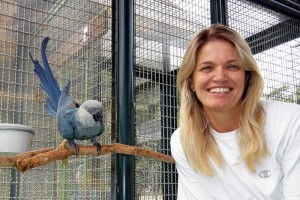
Jaqueline Goerck, president of the directing board for SAVE Brasil, poses with a Spix macaw, one of the species she’s helping to save from extinction. (Photo courtesy of Jaqueline Goerck)
Jaqueline Goerck
SAVE Brasil
Almost 200 bird species are endemic to the Atlantic Forest in Brazil, the area Jaqueline Goerck’s research focused on for both her master’s degree (1995) and doctoral degree (1999) in biology from UMSL.
“The opportunity offered me by UMSL to develop the research for my own country was fundamental in helping shape my career,” says Goerck, who is originally from Itapiranga in the state of Santa Catarina.
“Brazil is the leader in the number of threatened birds in the world – 164 species – a very sad record,” she says. “Several small forest birds are at the brink of extinction. Some have not been seen for several years and may already be extinct.”
Securing “Important Bird Areas” through collaboration with local and national organizations, government agencies, businesses, community leaders and researchers is the everyday work of SAVE Brasil, the bird preservation organization created by Goerck and her team of experts in 2004. It’s part of the global alliance BirdLife International, which has partners in 114 countries.
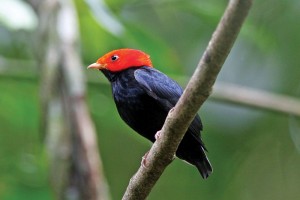
This Pipra rubocapila or Red-headed Manakin was found at the Frei Caneca Reserve, one of SAVE Brasil’s protected sites. (Photo by Ciro Albano)
“SAVE Brasil already completed more than 10 years of successful conservation work in our country,” she says, “and last year we received the Prêmio Muriqui, one of the most prestigious prizes in environmental conservation in Brazil, granted by the Biosphere Reserve of the Atlantic Forest.”
Formerly president-director from 2004 to 2015, Goerck recently became president of the directing board this past August. Her time with SAVE Brasil has seen many successes. Nearly 150,000 acres have officially received protected area status by the Brazilian government, with more than 600 species of birds directly benefiting from SAVE Brasil’s conservation projects.
“We started a project with the Spix macaw, aiming to create a public protected area at the site where the last individuals were found,” she says. “The captive breeding program of the species, led by the government, has been successful with more than 100 individuals now in captivity. We might be able to see the reintroduction of some individuals into the wild in a few years to come.”
Until then, Goerck will continue to oversee projects protecting the most threatened species and the sites that are at greatest risk. She also plans to continue community engagement.
“With the increasing population of birdwatchers in Brazil, there is an excellent opportunity to engage them in citizen science and conservation work.”
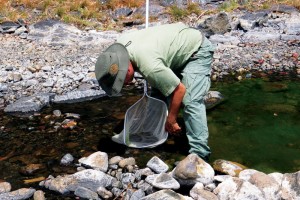
Alejandro Masís, regional director of Área de Conservación Guanacaste, collects endemic fish from one of ACG’s many bodies of water. (Photo by María Marta Chavarría)
Alejandro Masís
Área de Conservación Guanacaste, Costa Rica
“I love diving the coral reefs, walking through the dry forest, getting muddy in the rain forest and chilled in the cloud forest,” says Alejandro Masís, regional director of Área de Conservación Guanacaste (the Guanacaste Conservation Area) in northwestern Costa Rica.
It’s the only site in the Neotropics where one can find four major biomes – marine area and dry, rain and cloud forests – conserved under one conservation organization, ACG.
In fact, ACG makes up two percent of all of Costa Rica’s land, 13 percent of the province of Guanacaste and more than 400,000 acres. The contiguous and continuous areas comprise three parks and a wildlife refuge in addition to other conservation lands. And the approximate 335,000 combined plant and animal species represent 2.6 percent of all global biodiversity.
So it’s truly a big deal that a 2005 master’s in biology UMSL alumnus is in charge of the administration and the enforcement of regulations on logging and wildlife issues for ACG.
“Think of it as having park service, forest service and fish and wildlife fused into one institution,” says Masís, “then have the whole country divided into 11 conservation areas, and each conservation area overseeing those three services. There is no typical day for me.”
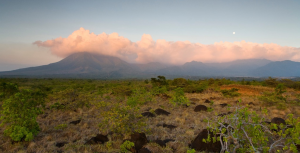
The Orosí and Cacao Volcanoes stand in the horizon of the dry forest area of ACG. (Photo by Luciano Caperli)
At UMSL, he was awarded the 2003 Compton Fellowship from the Harris Center. He remembers his time on campus fondly.
“The two years I spent at UMSL were just wonderful. The choice of classes that was offered constituted a great balance between science, policy and real-life conservation.”
Now he applies what he learned out in the field to protect the land of his home country.
“We have specialized programs that deal with different aspects of our conservation efforts,” he says. “There is a traditional ‘ranger program,’ the guys with guns. There is also a fire-prevention and control program.”
But Masís believes in community involvement and education as conservation tactics.
“Investing more in education and in setting aside the wild lands for intelligent uses, like research and ecotourism, for example, is a much better strategy,” he says. “Only through integration of the wild land into society’s fabric will it be protected.”
THE BREAKDOWN
UMSL has 46 alumni total in leading positions at conservation sites across 17 different countries.
Belize 1
Bhutan 2
Bolivia 1
Brazil 3
China 1
Colombia 2
Costa Rica 3
Democratic Republic of the Congo 1
Ecuador 4
Guatemala 1
Madagascar 1
Malawi 1
Mexico 1
Papua and New Guinea 3
Peru 2
Uruguay 1
U.S.A. 20
This story was originally published in the fall 2015 issue of UMSL Magazine.



